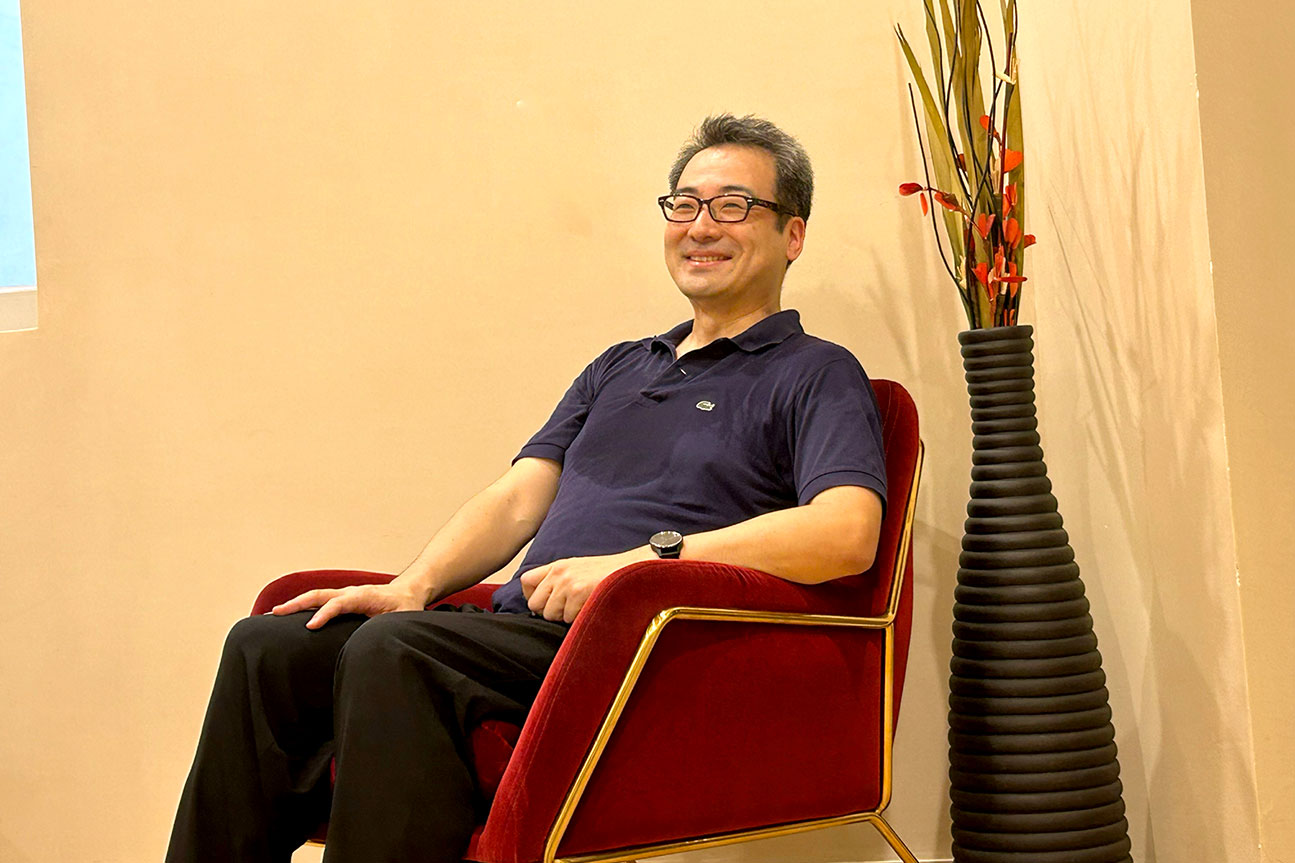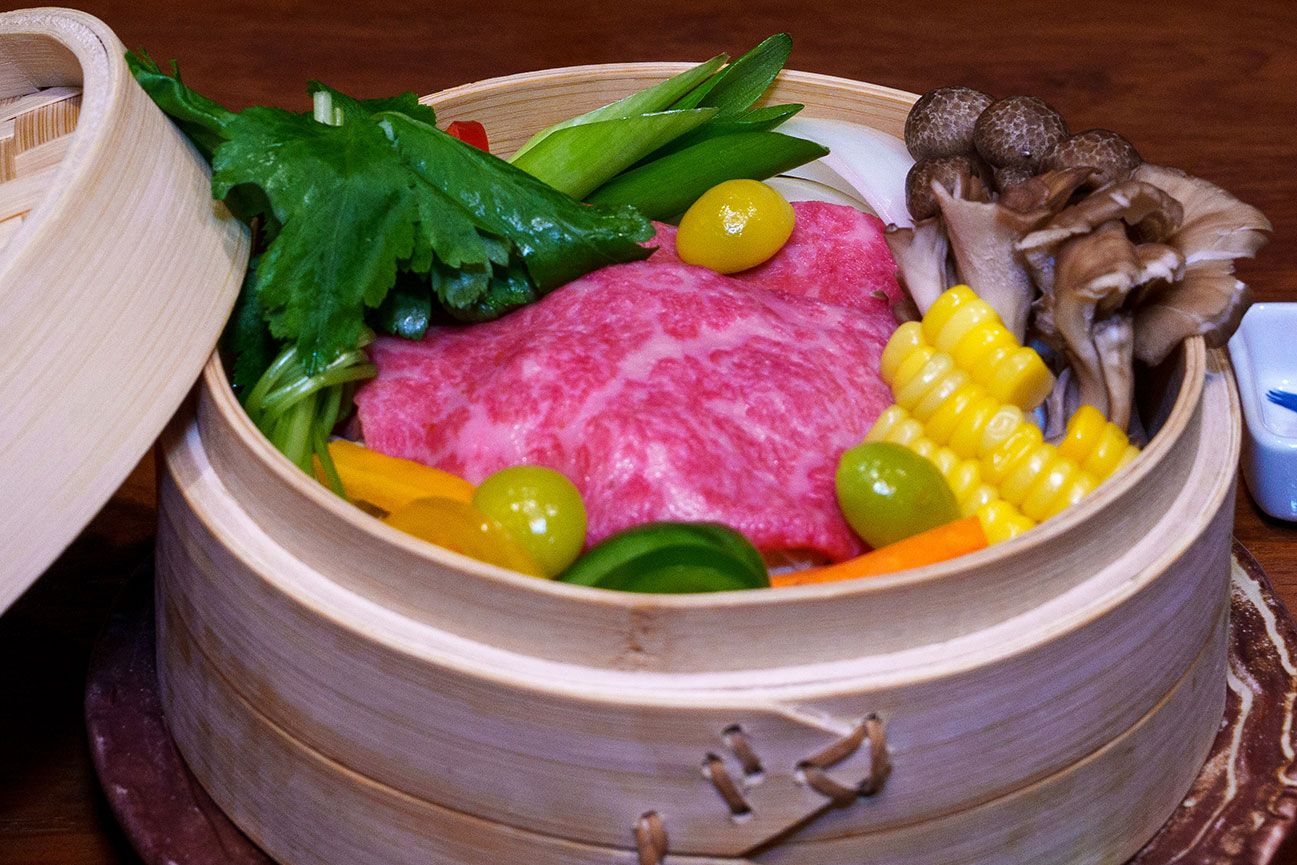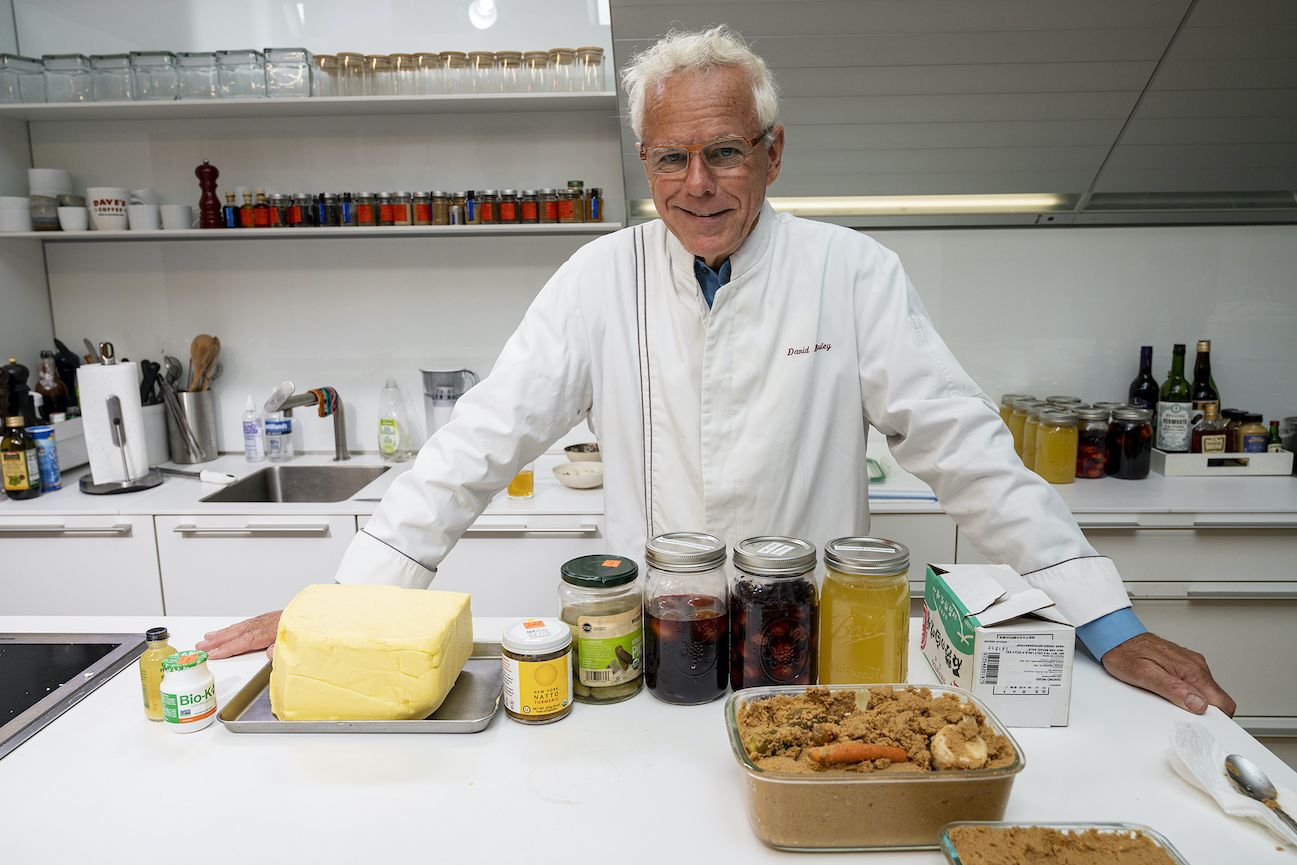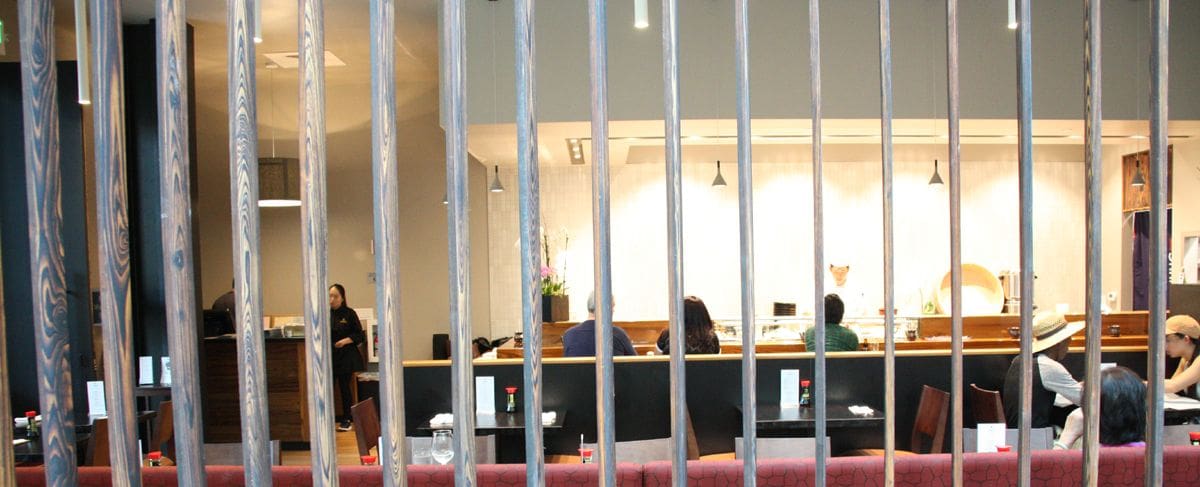
Omusubi Gonbei, for the love of Japanese rice
Onigiri – those distinctively Japanese stuffed rice balls, also known as omusubi – are in vogue not only in the Land of the Rising Sun, but also across Asia, the U.S., and Europe. Omusubi Gonbei, an onigiri specialist takeaway in the Opéra district of Paris, has spearheaded this trend in France. We interviewed Daisuke Satô, the representative of Gonbei Europe, who manage this establishment that attracts lunchtime crowds every day.
Onigiri, the fashionista’s friend
Omusubi Gonbei opened its doors in 2017 and since then its sales have increased fivefold. The Opéra district establishment alone has around 500-600 customers during the week, and 700 at the weekend. More than half are locals, particularly people who work in the surrounding fashion boutiques, but Omusubi Gonbei’s onigiri also attract visitors from the surrounding regions and even from abroad. Many of them buy onigiri outside of mealtimes – due to a lack of open restaurants – and enjoy them in the nearby Jardin des Tuileries.
“It may seem surprising, but onigiri are very popular with people in the fashion world. During Fashion Week, models come in droves, as do the teams who work at Céline or Kenzo. We’ve also offered catering services to Balenciaga and Vuitton. No doubt because onigiri is viewed as a healthy, gluten-free, low-fat food”, notes Satô.

Daisuke Satô, Gonbei Europe representative
Why is onigiri so fashionable today?
It may seem as if this onigiri craze appeared suddenly a few years ago, but Satô assures that he had in fact felt it coming.
“In central Paris, there were already plenty of places offering sushi, and I could see that the restaurant scene was looking for the next big thing. Onigiri appeals to vegans and vegetarians, and is suitable for a broad range of customers as the ingredients used in them can be varied. Also, it is an advantage to be able to offer them at affordable prices. Sometimes children from the neighborhood come to buy onigiri as an afternoon snack. It must be a pleasant surprise for French people to know that for a modest price they can buy something that can be called ‘soul food’”.

Salmon and tuna-mayonnaise onigiri, and umeboshi onigiri
At Omusubi Gonbei, particular attention is paid to the authenticity of ingredients: the rice, nori seaweed, umeboshi (salted ume plum), takana (marinated Japanese mustard leaves), as well as the salt and seasonings are all produced in Japan, guaranteeing that the onigiri retain their authentic Japanese taste. The menu includes the highly-popular “salmon-tuna-mayonnaise” and their “spicy chicken”, a rather spicy specialty with harissa and tabasco; the concept of local produce is not forgotten either with French beers for example; as for vegan onigiri, they are marked with a “V” and there is a wide range to choose from, with not only classics like Yukari (red shiso in salted flakes) or miso-sesame, but also original recipes such as the tomato and olive brown rice or the curried brown rice; the kara’age fried chicken is halal, so Muslim customers can also enjoy this. Clearly, this menu was created with awareness and a wish to be inclusive.

Vegan onigiri are easily identifiable.
Growing the customer base from a core group of fans
The fact that onigiri have become trendy doesn’t mean that everyone knows what they are. For example, there are newcomers who ask for soy sauce (probably because of the vague resemblance to sushi), and sometimes French customers who are familiar with onigiri teach them on the spot how to eat the dish. Satô readily admits that this kind of connection between onigiri lovers is very important. There are those who share the place on TikTok, which is another easy way to broaden the customer base, and there are also new clients who have probably come from far away, or young mothers brought in by their children to buy onigiri and kara’age.
The forty or so employees who work in the two Omusubi Gonbei restaurants are from diverse ethnic backgrounds; they come from five different countries and can therefore act as “onigiri missionaries”, sharing their enthusiasm for this product with customers who also come from a wide range of backgrounds. As a cosmopolitan city, Paris – capital of the land of gastronomy – could also help spread the magic of onigiri, could it not?

Curry onigiri made with brown rice and spicy chicken onigiri
Creating a space with local connections
Omusubi Gonbei currently has two restaurants: one in the Opéra district and another near the Place de la République, and their management policies are completely different. In the République restaurant, the clientele is made up of locals rather than tourists and people in the fashion industry. One of the employees is a well-known skateboarder from the neighborhood who performs regularly in the Place de la République, he sometimes also provides onigiri to neighboring stores in order to create a connection. The Opéra restaurant is all about efficiency, but community spirit is paramount for the République restaurant, explains Satô. At the former, despite it being rather small inside, there is no shortage of pleasant places nearby where you can eat your onigiri (such as the Jardin des Tuileries or the Palais Royal), whereas at République (or any potential future restaurants in other districts), the space available to sit down and eat is important. Naturally, changing neighborhoods means changing the ingredients of success.

The takeaway restaurant near the Opéra
Discover the true taste of Japanese rice
Satô says that an onigiri’s quality depends on the rice it’s made of. At Omusubi Gonbei, whole-grain rice arrives in refrigerated transport from Japan and is then polished on site; the recipes, on the other hand, were created in Japan for a simple and valid reason: “Rather than focusing on original recipes, I’d like French people to first discover the delights of Japanese cuisine, which puts the taste of rice first. New recipes are introduced at events to gauge our guests’ reactions before deciding whether or not to add them to our classical repertoires”, explains Satô. At Omusubi Gonbei, each onigiri contains 130 grams of rice (quite a generous amount), and we always aim to sell them as quickly as possible, so they retain the flavor of warm rice. Many of our regulars have developed a real passion for Japanese rice, so much so that Satô happily observes: “There are French clients who order plain onigiri, with just a little salt.”
As Omusubi Gonbei was originally founded to contribute to the regeneration of Japanese agriculture, the profound message conveyed by this simple dish is also crystal-clear: to bring the real taste of Japanese food to as many people as possible. This is the task that Omusubi Gonbei is ready to take on, and it is only just beginning.






